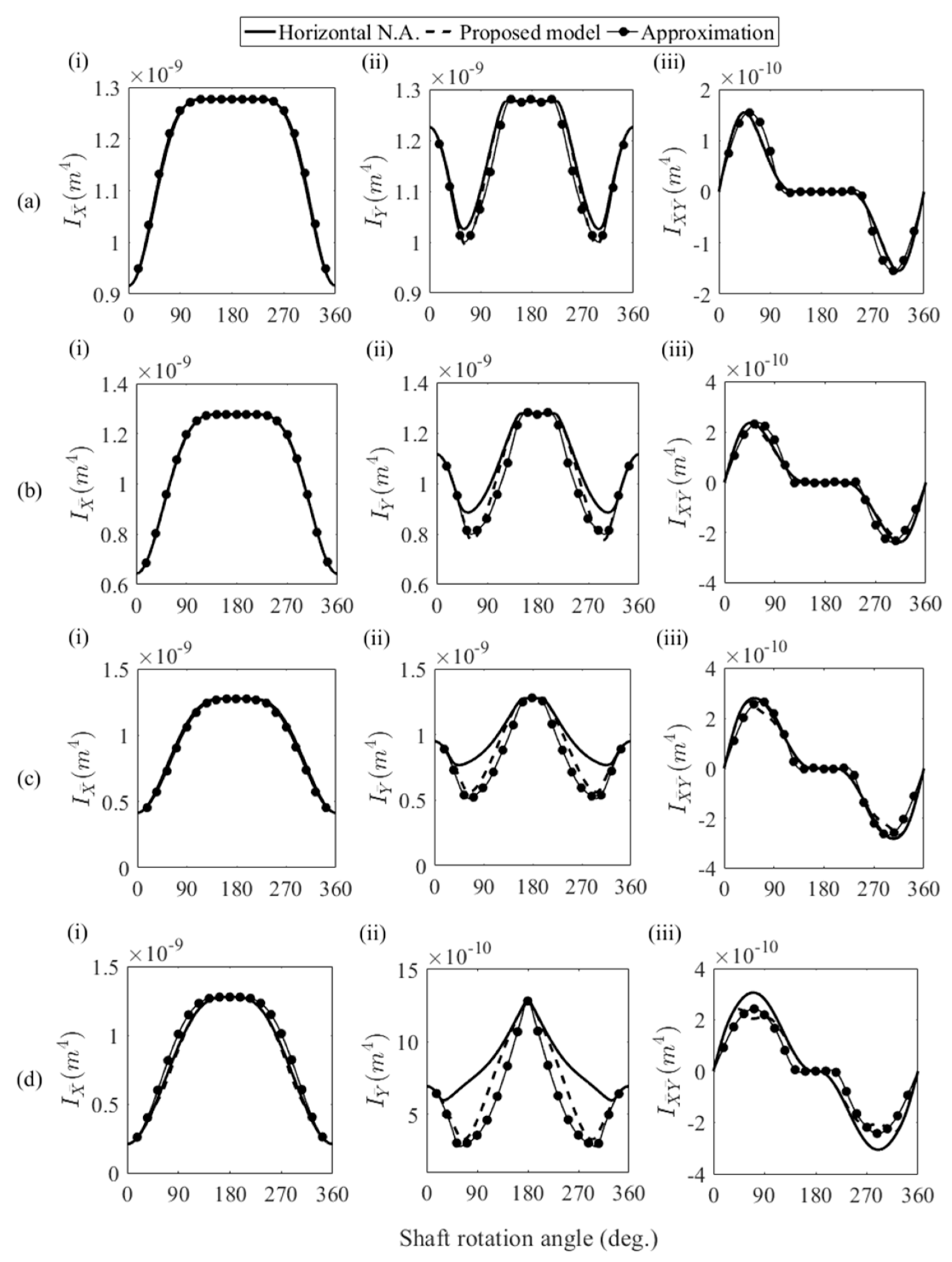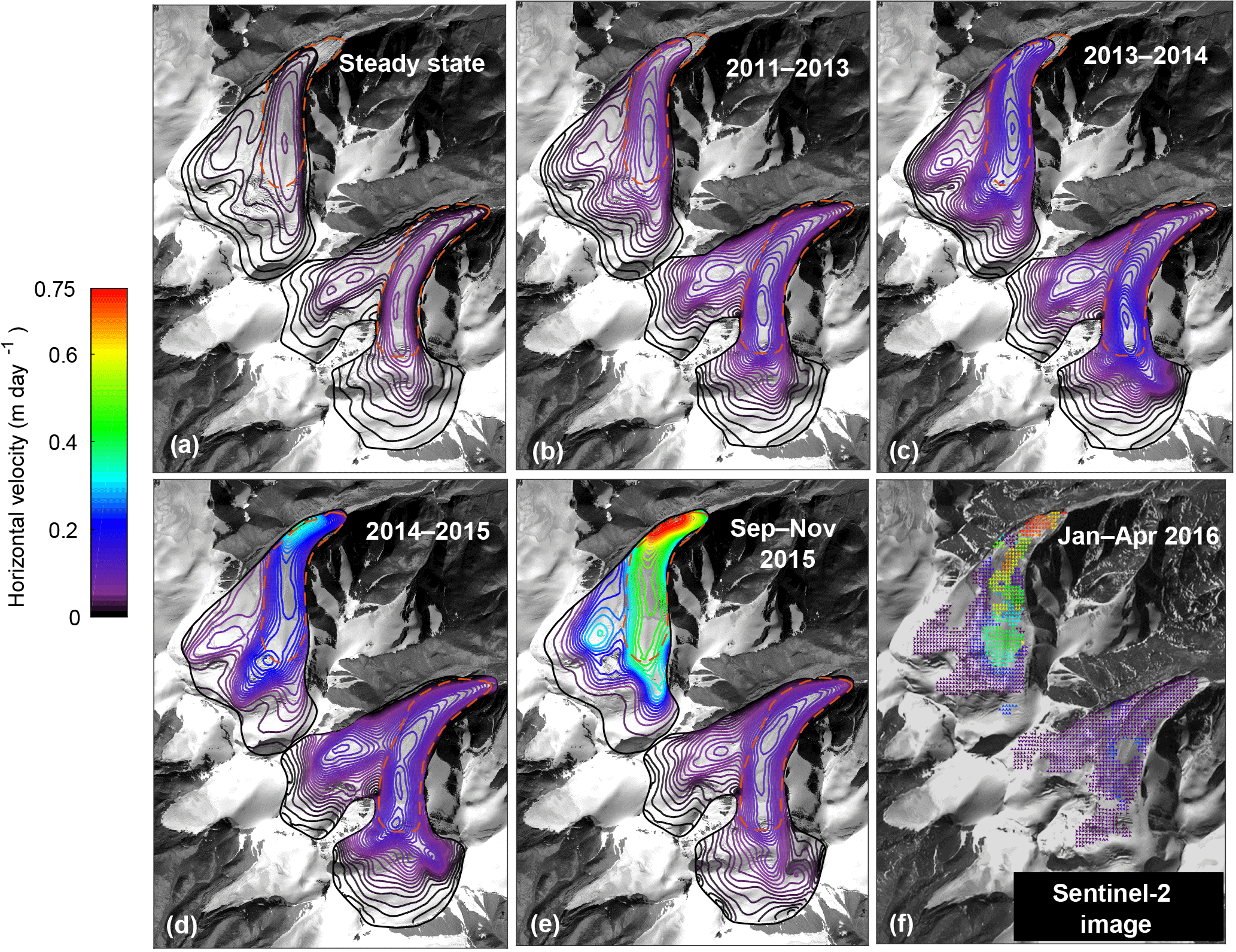

When the microfractures initially occur, the surface deformation is not prominent, and the energy release gradually increases when the microfractures accumulate and propagate in concrete. As the main material of a dam body, concrete has an apparent brittle feature. However, the precursors prior to the major deformation or macroscopic instability can hardly be monitored. Conventional monitoring can efficiently detect major deformation or macroscopic instability in engineering structures. Presently, stress, strain, displacement, and other conventional monitoring measures are often used to evaluate the stability of dam bodies, side slopes, super-large tunnels, and underground cavities.

The water level of the reservoir had to be reduced, and large-scale repair work was carried out. When the reservoir was about to be filled, significant displacement to the upstream occurred on the dam, and multiple cracks 15 mm in widths occurred on the downstream face.

The operation of the dam had to be stopped for reinforcement.

The water percolating capacity was 483 L/s.Īfter the initial impoundment, cracks occurred in a wide area on the upstream and downstream faces of the dam and continuously developed afterwards.ĭuring the initial impoundment, cracks occurred in a large area on the downstream face close to the skewback and continuously developed in the subsequent eight years.Īrch rings and buttresses were added to the downstream side to reinforce the original arch.Īfter two years since the dam construction was completed, cracks with serious seepage occurred inside the foundation passage, and the uplift pressure on the whole basic plane in the dam section of the river bed reached the total head. The dam had to operate at and maintain a low water level.Īn abutment crack appeared on the upstream face 50 m in depth and 2.5 mm in width. The depth of the largest crack was up to 30 m, and the water percolating capacity was 174 L/s. The dam operated at a low water level for a long time, and large horizontal cracks significantly expanded.Ībutment cracks occurred on the upstream face of most sections of the dam. The reservoir had to be emptied for reinforcement. The reservoir had to operate at a low water level because of water seepage.Ī 70 L/s sudden seepage occurred at the foundation of the right shore, and dozens of cracks appeared in the dam body, resulting in the dam being in danger. Single-buttress massive head dam in Xinfeng River in ChinaĪ horizontal penetration crack 82 m in length was caused by an earthquake of 6.1 magnitude on March 19, 1962. As shown in Table 1, concrete cracks have occurred in many hydropower dams. Slight cracks also affect the durability and appearance of the structure and may develop into serious cracks. As a result, the strength and stability of the concrete structures are reduced. Serious cracks accelerate the carbonation and erosion of concrete and destroy the integrity and impermeability of the structures. Cracks are the major reflections associated with the aging and deterioration of hydraulic concrete structures, which can significantly endanger the concrete structures. Thus, the safety and stability of a dam are likely affected if any mistakes occur during the design and construction processes. IntroductionĬoncrete dams are commonly large with complex structure design and construction process. These results can provide significant references for the operation safety of the dam and also present a new thought for the risk evaluation of similar dam engineering. The simulation results were also consistent with the monitoring results. By analysing the MS activities before and after the impoundment, the evolution trend of the cracks and potential risk of the dam were evaluated and forecasted. Then, the MS monitoring system was installed in the dam body. The MS monitoring results were consistent with the simulation results. First, the concrete three-point bending field test was performed to prove the reliability of the MS technique in monitoring the concrete cracks. To evaluate the evolution trend of the cracks and forecast the potential risk of the dam, the microseismic (MS) monitoring technique and finite-element method were used. During the operation of the hydropower station, several surface cracks occurred in the concrete gravity dam, which threatened the stability of the dam. The dam of Guanyinyan hydropower station is composed of a concrete gravity dam in the left bank and a rockfill dam in the right bank.


 0 kommentar(er)
0 kommentar(er)
